DRAKA optical cable 4 core
The incessant increase in data traffic is causing an exploding demand for transmission capacity and network infrastructure. New technologies such as 5G, Internet of Things and artificial intelligence support this trend. Optical networks must adapt to these requirements by increasing their dynamics, offering higher capacities and lower latency. At the same time, density is increasing and optical networks are reaching their limits in terms of space.
DRAKA optical cable 4 core
All this leads to the fact that fiber bends are becoming more and more likely to occur. The prevention of performance losses due to bending effects is therefore playing an increasingly important role in the necessary transition to flexible and reliable fiber optic connectivity. The Prysmian Group’s BU Multimedia Solutions (MMS) has responded to the new requirements by upgrading Draka single mode fiber optic cables from G.652.D fiber to G.657.A1.
The new fiber optic cables are much less sensitive to bending without causing high losses. This is true for installation in floor, door and window strips as well as in racks where the cables are heavily bent due to lack of space. Draka G.657.A1 fibers offer the highest reliability and performance – especially in critical situations. They allow tight installation radii and are fully compatible with G.652.D fibers. Customers get the new fiber optic cables at the same price.
Compared to the G.652.D fibers used so far, G.657.A1 fibers have a much lower attenuation loss. For example, a G.657.A1 fiber, which is insensitive to bending, has an attenuation loss of only 0.2 dB when twisted twice around a pencil, whereas a G.652.D fiber loses up to 11 dB. The improved single-mode fiber has a standard step index profile that is not supported by additional structures in the cladding. This makes it fully compatible with all installed network applications.
Physical characteristics
| Adjective | IEC 60794-1-2 | Limitations |
| Outer diameter | — | 2 – 16 core: 7.5 mm 24 core: 8.0 mm |
| Approx weight | — | 2 – 16 core: 55 kg / km 24 core: 60 kg / km |
| Maximum tensile strength | E1 | 1500 N (fiber pressure less than 1/2 proof test level) |
| Short-term tensile strength | E1 | 1000 N (fiber pressure less than 1/3 proof test level) |
| Permanent tensile strength | E1 | 700 N (no damping change, fiber pressure less than 1/4 proof test level) |
| Compressive strength (crushing) | E3 | 2000 N |
| strike | E4 | 20 Nm (no attenuation change, no cable element damaged) |
| twisting | E7 | 5 cycles ± 1 round |
| Knot | E10 | When a loop with a diameter of 200 mm is collected, the cables do not twist |
| Minimum bending radius, discharge | E11 | R = 60 mm |
| The minimum bending radius is loaded | — | R = 100 mm |











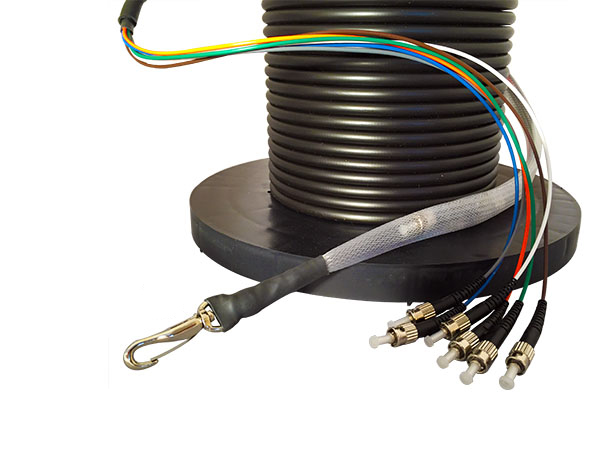
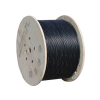
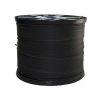
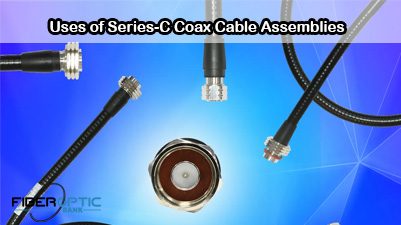



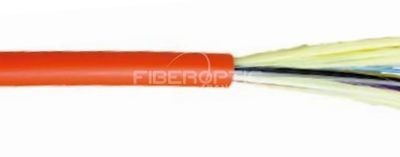
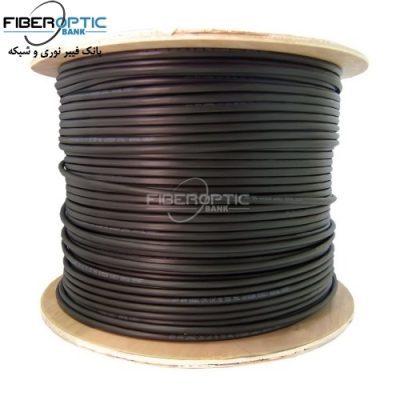



Reviews
There are no reviews yet.